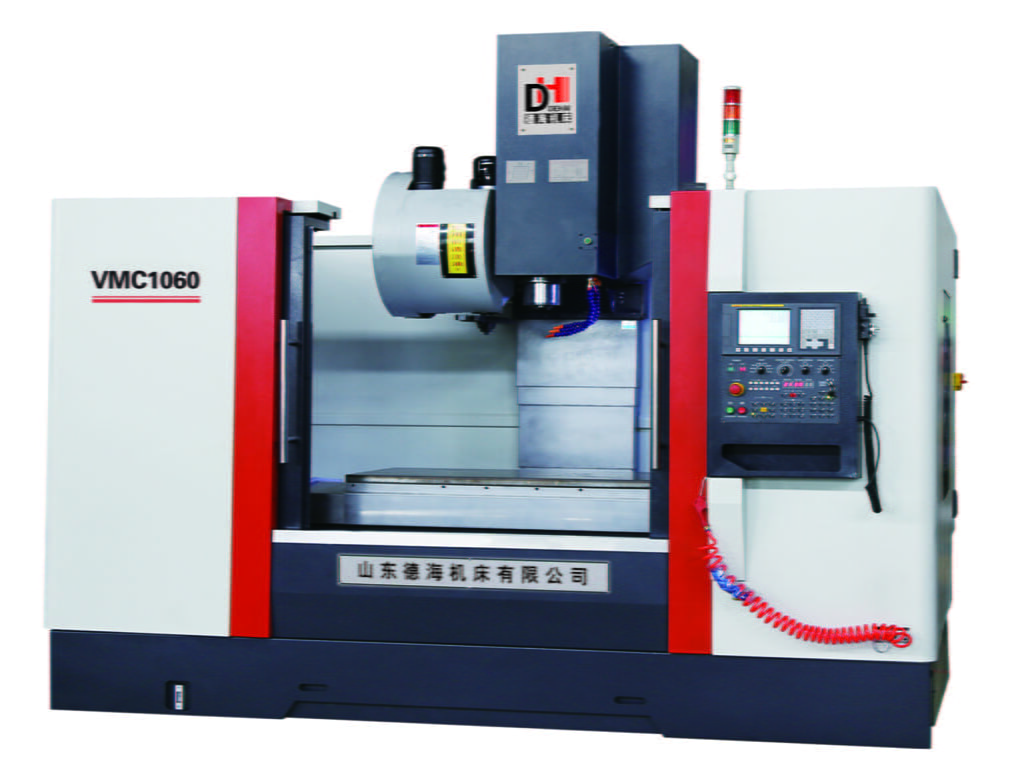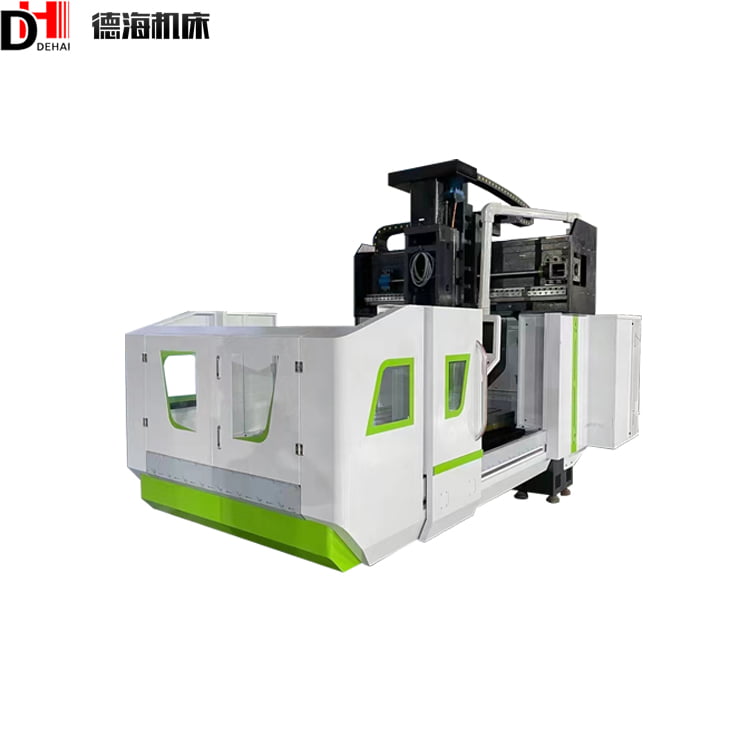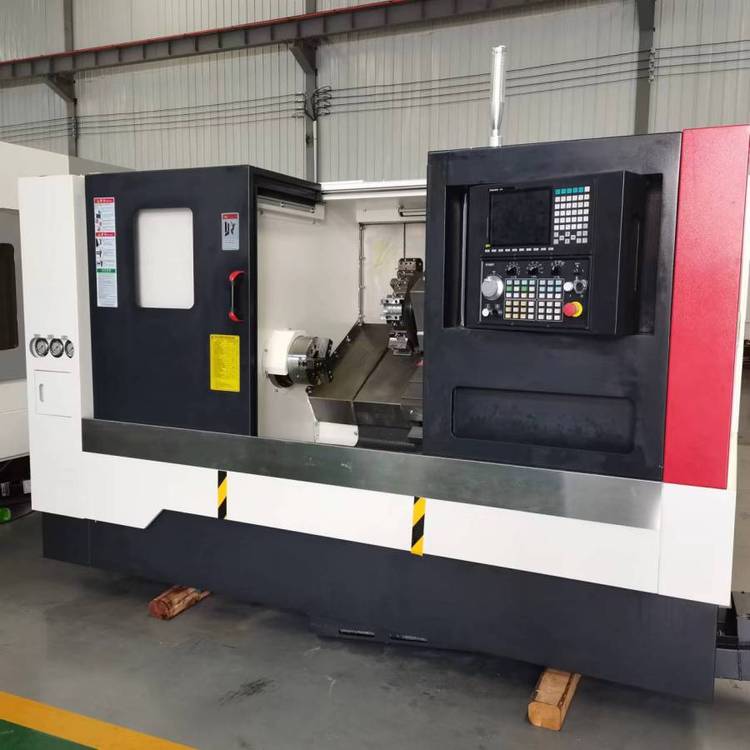
The difference between turning and milling
During turning, the shape and size of the blank are changed through the rotary motion of the workpiece and the linear and curved motion of the tool, and processed into drawings.
Turning refers to a method of turning a workpiece obtained by rotating a tool with a lathe. The cutting process of lathes and CNC lathes is mainly provided by the workpiece rather than the tool. Lathe is the most basic and commonly used processing method in cutting processing, and plays a decisive role in production.
Lathes and CNC lathes are suitable for the machining of rotating surfaces, and most workpieces with rotating surfaces can be machined. Such as inner and outer cylindrical surfaces, inner and outer tapered surfaces, end faces, grooves, screws and special surfaces for rotational molding, etc. Lathes are the most widely used metal cutting machine tools, accounting for about 50% of the total number of machine tools. Machine tools rotate the workpiece with blades and operate drills, hinges, taps and knurls with drills, hinges, taps and knurls. According to its process characteristics, layout and structural characteristics, lathes can be divided into horizontal, floor, vertical, rotary and analog lathes, of which horizontal lathes account for a large proportion.
- Different features.
Lathe processing means that the lathe is an integral part of mechanical processing. Turning is mainly the turning tool machining of rotating workpieces. Turning is mainly used to process workpieces with rotating surfaces such as shafts, disks, and sleeves. It is most widely used in machinery manufacturing and repair enterprises.
CNC lathes can process complex rotary bodies. Milling involves holding a blank on a high-speed rotating milling cutter to cut the desired shape and features. The commonly used milling methods are mainly to mill and groove simple contour features.
2. the functions are different.
Lathe machining is a method of rotating a workpiece using tools. The cutting process of the lathe is mainly provided by the workpiece rather than the tool. The milling center can perform three-axis or multi-axis milling on machine tools, molds, inspection tools, tire tools, complex thin-walled surfaces, artificial prostheses, blades, etc. The choice of CNC milling processing content should give full play to its own advantages and key functions.







